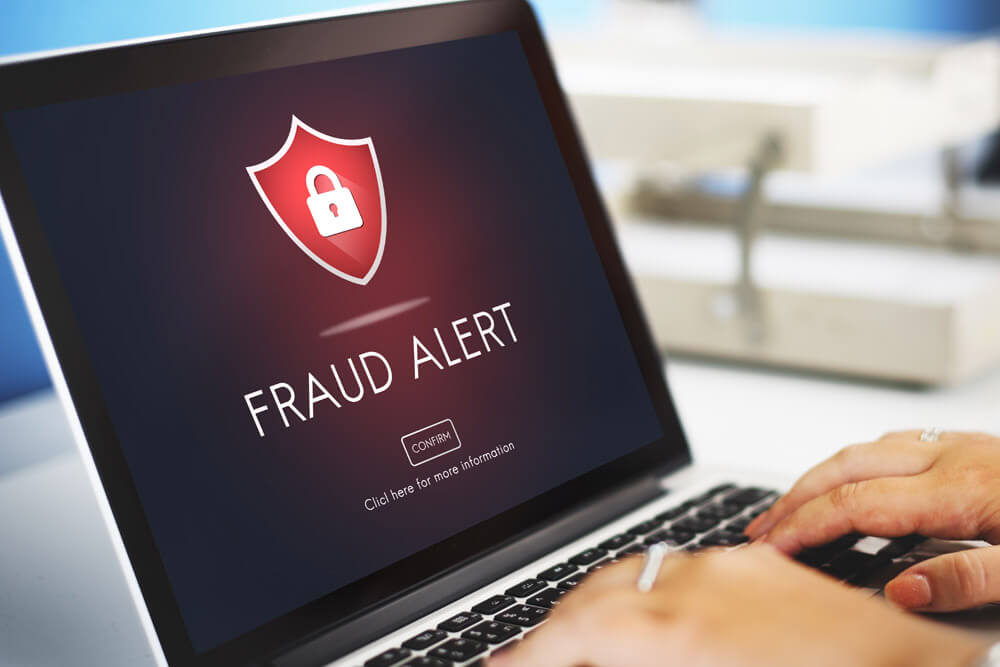This guide is designed to help you navigate the rapidly evolving landscape of technology and online security. We’ll cover the latest tech tips and tricks for 2023, including best practices for staying safe online, protecting your personal and financial information, and making the most of your digital devices. While we won’t be recommending specific gadgets or products, we’ll provide you with the knowledge and insights you need to make informed decisions about the technology you use. Whether you’re a seasoned tech user or just getting started, this guide has something for everyone.
Update your devices and software
Keeping your devices and software up to date is crucial for maintaining their security and functionality. Software updates often contain important security patches and bug fixes that can help prevent your device from being hacked or infected with malware. Hardware updates, on the other hand, can improve the performance of your device and fix any hardware-related issues.
Make sure to regularly check for updates for your operating system, apps, and any other software you use on your device. If possible, enable automatic updates so that you don’t have to worry about manually updating your software. Additionally, consider upgrading to newer devices or hardware when necessary, as older devices may no longer receive updates and could be vulnerable to security threats.
Use strong passwords
Using strong and unique passwords is a crucial step in protecting your online accounts from hackers and cyber criminals. When creating passwords, make sure to use a combination of uppercase and lowercase letters, numbers, and special characters. Avoid using common words or phrases, personal information such as your name or birthdate, or sequential patterns like “123456” or “qwerty.”
To make it easier to remember your passwords, consider using a password manager tool that securely stores your passwords and generates strong, random passwords for you. It’s also important to use different passwords for each of your accounts, so that if one password is compromised, your other accounts remain secure. Finally, consider enabling two-factor authentication (2FA) wherever possible, which provides an extra layer of security by requiring a second form of verification in addition to your password.
Enable multi-factor authentication (MFA)
Enabling multi-factor authentication (MFA) is a great way to add an extra layer of security to your online accounts. MFA requires you to provide two or more forms of authentication to access your account, making it more difficult for hackers to gain access to your account even if they have your password.
There are several forms of MFA, including:
- SMS or text message verification: This involves receiving a one-time code via text message that you enter in addition to your password.
- App-based authentication: This involves using a smartphone app, such as Google Authenticator or Authy, to generate a unique, one-time code that you enter in addition to your password.
- Biometric authentication: This involves using your fingerprint or facial recognition to access your account.
- Physical security key: This involves using a physical USB key or other hardware device to authenticate your account.
Enabling MFA is typically easy and can be done in the settings of your online accounts. It’s an important step in protecting your personal information and accounts from hackers and cybercriminals.
Use a virtual private network (VPN)
Using a virtual private network (VPN) is an effective way to protect your online privacy and security. A VPN encrypts your internet traffic and routes it through a secure server, making it more difficult for others to intercept your data or track your online activities.
VPNs are particularly useful when using public Wi-Fi networks, such as those found in coffee shops or airports, which are often unsecured and can leave your personal information vulnerable to hackers. By using a VPN, you can ensure that your online activity remains private and secure, even when using a public Wi-Fi network.
When choosing a VPN, it’s important to select a reputable provider that prioritizes user privacy and security. Look for a VPN that uses strong encryption protocols, has a no-logging policy, and offers a variety of servers located in different countries. Keep in mind that while a VPN can protect your online activity, it’s not a foolproof solution and should be used in combination with other security measures, such as strong passwords and two-factor authentication.
Be careful when shopping online
When shopping online, it’s important to take steps to protect your personal and financial information from cybercriminals.
Here are some tips to help you shop online safely:
- Shop from reputable retailers: Stick to well-known online retailers or brands that you trust. Be cautious of unfamiliar websites, particularly those that offer deals that seem too good to be true.
- Use a secure internet connection: Only shop online using a secure Wi-Fi network or a trusted mobile data plan. Avoid using public Wi-Fi networks, which can be easily intercepted by hackers.
- Look for the padlock icon: Make sure the website you’re shopping on has a secure connection. Look for the padlock icon in the address bar of your web browser, which indicates that the website uses encryption to protect your data.
- Use a credit card or secure payment service: Use a credit card or a secure payment service, such as PayPal, to make your purchases. Avoid using debit cards or wire transfers, which can be more difficult to dispute in case of fraud.
- Keep your software up to date: Make sure to keep your web browser, operating system, and antivirus software up to date with the latest security patches and updates.
- Be wary of phishing scams: Cybercriminals often use phishing emails and websites to trick people into giving away their personal and financial information. Be cautious of any emails or messages that ask you to click on links or provide sensitive information.
Use caution when clicking on links
Cybercriminals often use phishing emails and messages to trick people into clicking on malicious links, which can lead to malware infections or the theft of sensitive information.
Here are some tips to help you stay safe when clicking on links:
- Verify the sender: Before clicking on a link in an email or message, verify that the sender is legitimate. Check the sender’s email address and look for any red flags, such as misspellings or unusual formatting.
- Hover over the link: Before clicking on a link, hover your mouse over it to see the URL it leads to. Be cautious of links that use shortened URLs or that lead to unfamiliar or suspicious websites.
- Don’t download attachments from unknown sources: Avoid downloading attachments from emails or messages from unknown senders. These attachments may contain malware or viruses that can infect your device.
- Use security software: Install reputable antivirus software and keep it up to date to help protect your device from malware and other security threats.
- Be cautious of pop-ups: Be wary of pop-up windows or ads that prompt you to download software or provide personal information. These may be phishing scams or malware downloads.
- Type in URLs directly: When possible, type in URLs directly rather than clicking on links in emails or messages. This can help you avoid phishing scams and ensure that you’re accessing legitimate websites.
By following these tips, you can reduce the risk of falling victim to phishing scams and malware infections when clicking on links.


















Leave a Reply